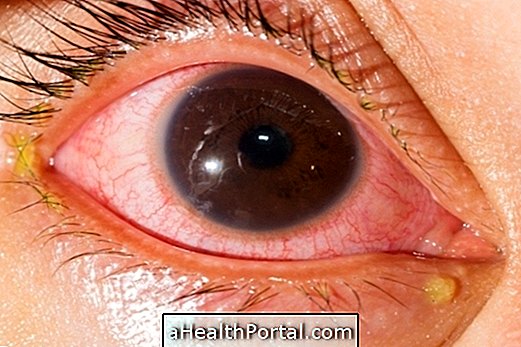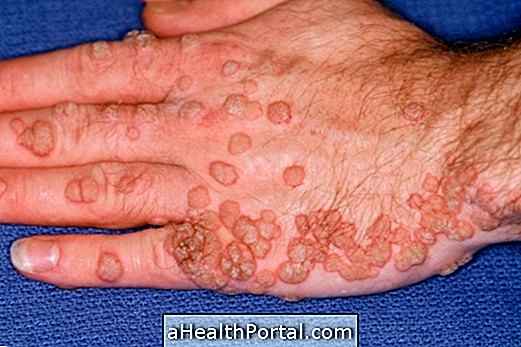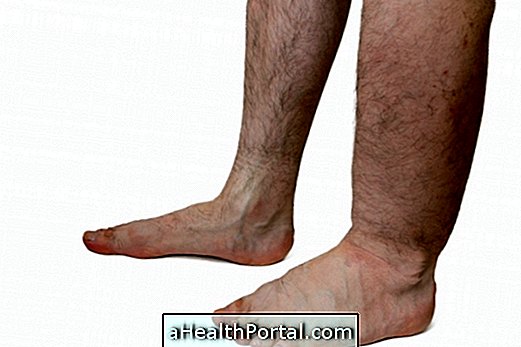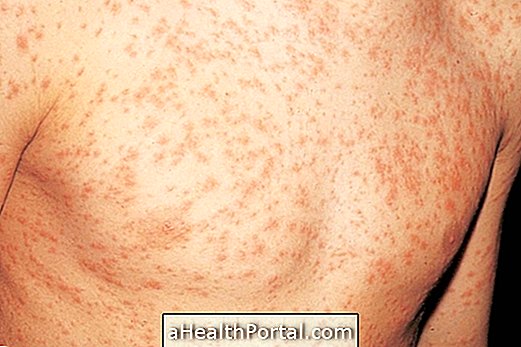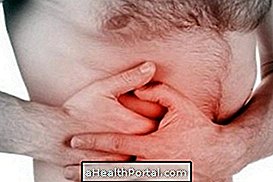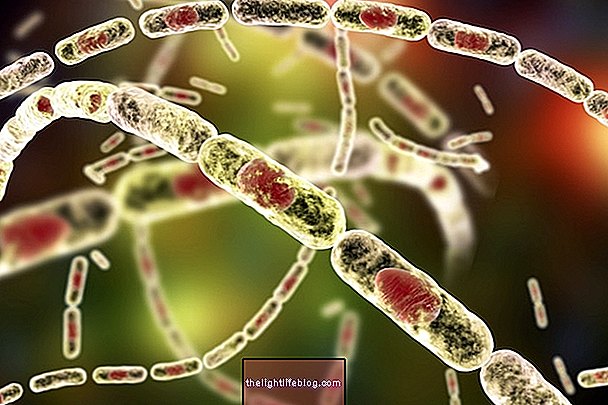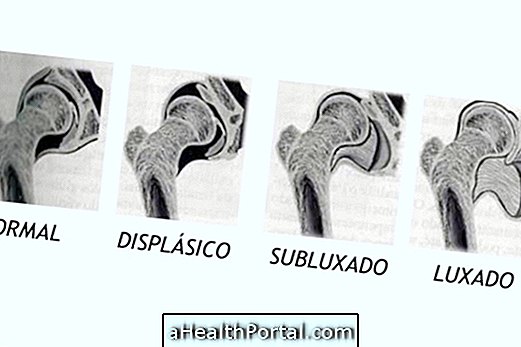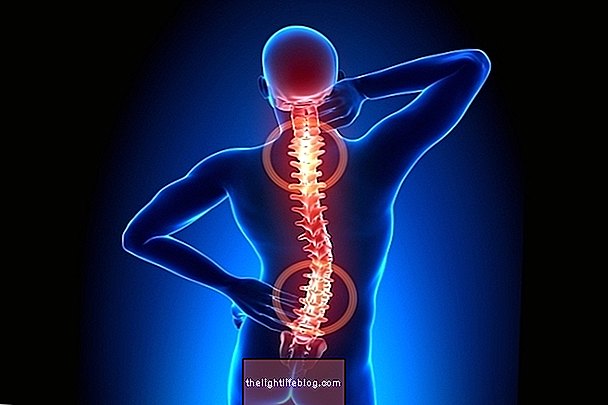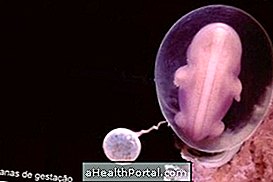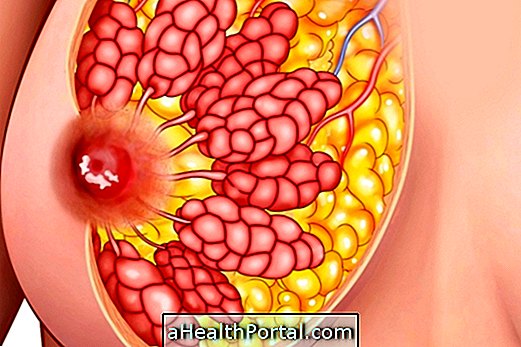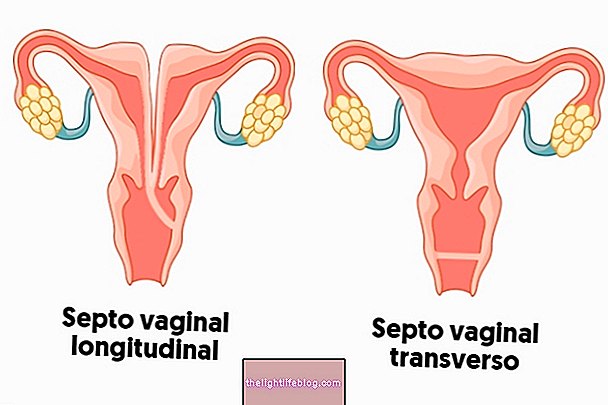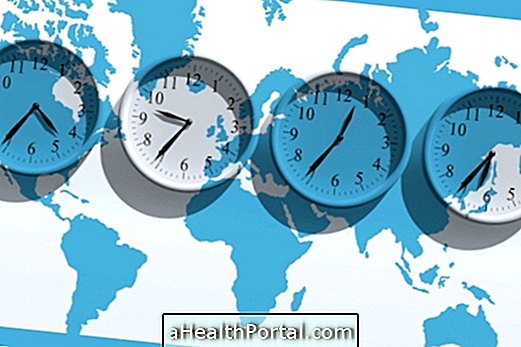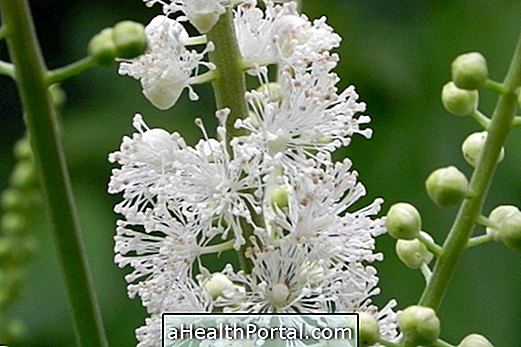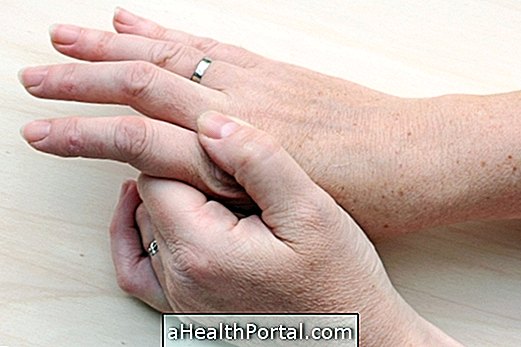Cryptosporidiosis is an infectious disease caused by the parasite Cryptosporidium sp ., Which can be found in the environment, as an oocyst, or parasitizing people's gastrointestinal system, resulting in symptoms such as abdominal pain, nausea, vomiting and diarrhea, for example.
The main cause of disease in humans is Cryptosporidium hominis, while in animals it is more frequent to see infection by Cryptosporidium parvum, but it can also infect humans. However, both species are very similar, being differentiated only by molecular tests.
Cryptosporidiosis can be diagnosed by parasitological examination of feces or biopsy of the gastric villi and should be recommended by the general practitioner or gastroenterologist according to the symptoms presented by the person.
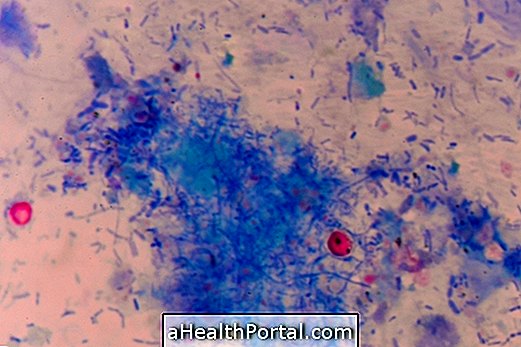
Main symptoms
Cryptosporidium is usually found in the gastrointestinal tract, but can also spread throughout the body and be present in the lungs, esophagus, pharynx, gallbladder, and pancreatic ducts. Thus, the main symptoms related to infection by this parasite are:
- Diarrhea, watery or with mucus;
- Malabsorption syndrome, because there is atrophy of the intestinal villi, which decreases the surface of absorption of the nutrients;
- Joint pain;
- Abdominal pain;
- Weight loss;
- Headache;
- Pain in the eyes;
- Nausea and vomiting;
- Low fever;
- Dehydration.
Symptoms last on average 10 days and may vary according to the person's age, immune competence and occurrence of other infections. Thus, children and people who have the most compromised immune system, such as those with HIV, are more likely to be infected with Cryptosporidium .
How transmission occurs
Cryptosporidium infection can occur through direct contact with infected persons, and it is common to occur in environments with large concentrations of people, such as day care centers and hospitals, for example, or through sexual contact. In addition, infection can also occur through contact with animals that are eliminating oocysts through feces.
Infection with this parasite can also occur through ingestion of food or water contaminated with feces containing Cryptosporidium oocysts. The transmission of this parasite can also happen due to the use of poorly sanitized swimming pools or baths or the remnants of faeces of people, being this form of transmission more frequent in those who attend public swimming pools with poor maintenance conditions. See other diseases that can be acquired in the pool or bath.
Life cycle
The life cycle of Cryptosporidium is short, lasting on average 2 to 7 days. Oocysts enter the body through the consumption of contaminated food or water or through contact with infected persons or contaminated environments. In the body, the oocyst releases sporozoites, which parasitize the gastrointestinal tract or other tissues, such as the respiratory system, for example.
Then, the multiplication and maturation of the parasite occurs, producing two types of oocysts: one with the thicker wall, which is normally released through the faeces, allowing the cycle to restart, and the other with a thinner wall, which usually related to autoinfection.
Diagnosis of cryptosporidiosis
The diagnosis of cryptosporidiosis is made through the investigation of oocysts in the faeces through parasitological examination, or through the investigation of oocysts in material of intestinal biopsy or scraping of the mucosa.
How is the treatment done?
Treatment for cryptosporidiosis is done with the goal of relieving symptoms, especially diarrhea and dehydration, by replacing fluids, for example, since the drugs for this disease are still in the test phase.
To prevent infection by this parasite, it is important to adopt prophylactic measures, such as cleaning food before preparing or consuming them, taking special care of personal hygiene and with the objects used, and avoiding contact with infected persons. It is also important to wash your hands before cooking, eating and after going to the bathroom. Here's how to wash your hands properly to avoid infection.
